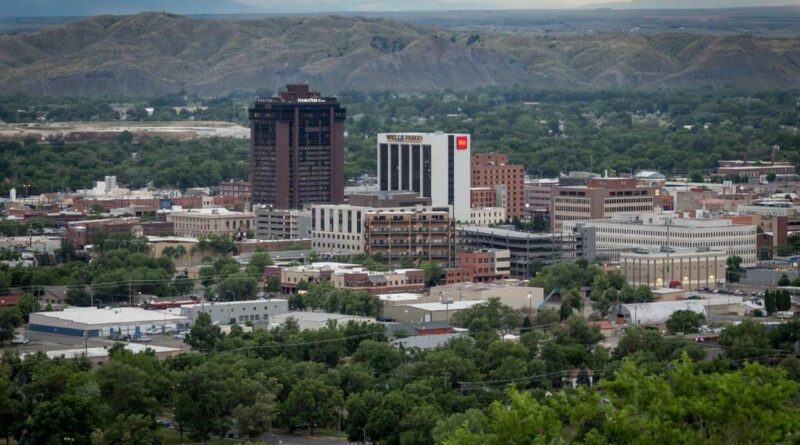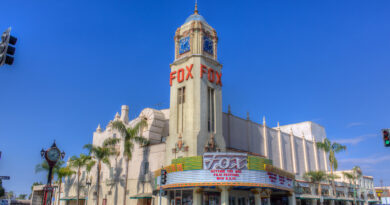History Of Billings Montana
Billings, Montana, is a city steeped in history that dates back to the early 1800s when it was first inhabited by Native American tribes such as the Crow and the Sioux. The area’s vast natural resources, including coal, gold, and copper, made it an attractive destination for settlers who eventually transformed it into the bustling city it is today.
Billings was founded in 1877 by Frederick Billings, a former president of the Northern Pacific Railway, who named the city after himself. The arrival of the railroad in Billings in 1882 was a turning point for the city, as it opened up new opportunities for trade and commerce. The railroad made it possible to transport goods and materials in and out of the city, which contributed to the growth of its economy.
The Billings Beginning
During the late 1800s and early 1900s, Billings became a hub for agriculture and ranching, which were the main industries in the region. The city also played an important role in the development of the oil industry in Montana, with the discovery of the first commercial oil well in the state in 1920.
The Great Depression
Like many other cities in the United States, Billings was hit hard by the Great Depression, which began in 1929. The city’s economy suffered, and many businesses closed down. However, the construction of the nearby Fort Peck Dam, as part of President Franklin D. Roosevelt’s New Deal, brought much-needed employment to the region.
World War II
During World War II, Billings played an important role in the war effort. The city’s airport served as a training ground for pilots, and its industries manufactured war supplies, including ammunition and parts for airplanes. The war helped to stimulate the city’s economy and contributed to its growth.
Billings Modern Times
After the war, Billings continued to grow and develop. In the 1960s, the city underwent a major urban renewal program, which involved the construction of new buildings, including a new city hall and a new federal courthouse. The 1970s saw the opening of the Rimrock Mall, which remains one of the city’s most popular shopping destinations.
Today, Billings is a thriving city with a population of over 100,000. It is the largest city in Montana and serves as the state’s commercial and cultural center. The city’s economy is diverse, with industries such as healthcare, education, and energy playing important roles.
Conclusion
Billings, Montana, has a rich history that is closely tied to the development of the American West. From its early days as a settlement to its role in World War II and beyond, the city has played an important part in the growth of Montana and the nation as a whole. Its diverse economy and vibrant culture make it a unique and dynamic city that continues to thrive to this day.
Discover more from City Towner
Subscribe to get the latest posts sent to your email.




